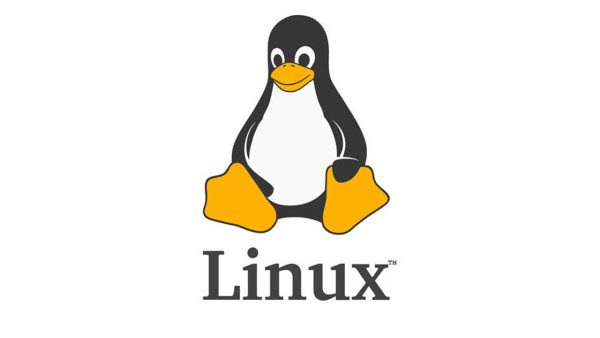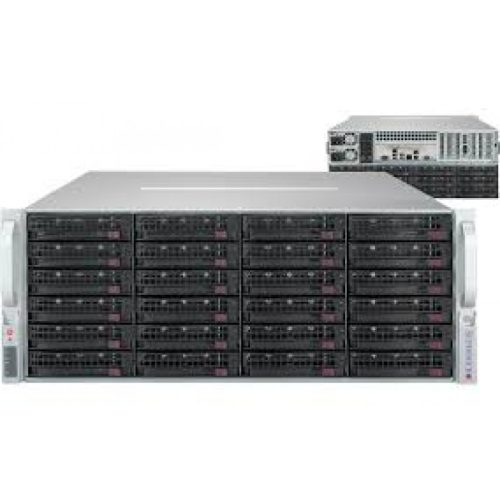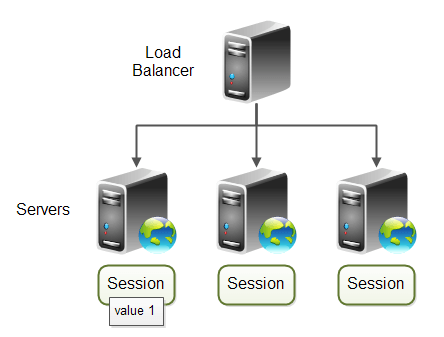This service includes Installation of Linux [ Any modern distribution ] on the on-site physical server or on cloud server. This may include, tuning, hardening of Linux Server. There are certain roles also can be installed.
Pre-requisites of Linux Server.
1. Verify Hardware Compatibility:
- Ensure that the hardware meets or exceeds the minimum and recommended hardware requirements for the specific version and distribution of Linux Server you’re installing.
2. Check Software Compatibility:
- Ensure that the applications and services you intend to run on the server are compatible with the version of Windows Server you’re installing.
3. Backup Data:
- Backup any critical data on the server to prevent data loss during the installation process.
4. Choose the Installation Type:
- Decide whether you want to perform a clean installation or an upgrade from a previous version of Linux Server.
5. Obtain Installation Media:
- Have the installation media (DVD, USB, ISO file) for the specific version and edition of Linux Server you’re installing.
6. Obtain Product Key:
- Most of Linux Distribution does not require any licence [ Except Red-Hat for support ]
7. Choose the distribution:
- Determine which edition of Linux distribution based on your organization’s needs. [ Example, Ubuntu, Arch, Debian, Cent Os, Kali, Redhat, Rocky, Oracle etc…
8. Plan Server Roles and Features:
- Decide on the server roles and features you’ll be installing after the base OS installation. This can include roles like DNS, DHCP, Docker, etc and more.
9. Verify Network Settings:
- Ensure that network settings, including IP addresses, DNS, and gateway configurations, are properly planned and documented.
By carefully considering these prerequisites and following the recommended steps, you can ensure a smoother and more successful installation of Linux Server. Always refer to the official documentation for the version you’re installing for the most accurate and up-to-date information.






